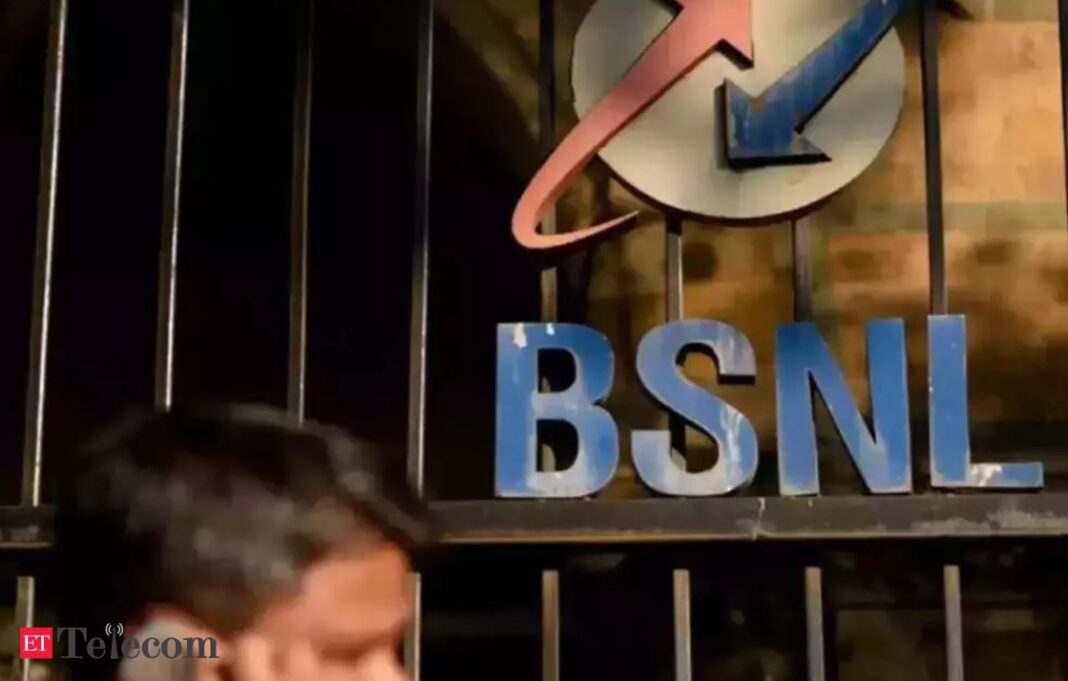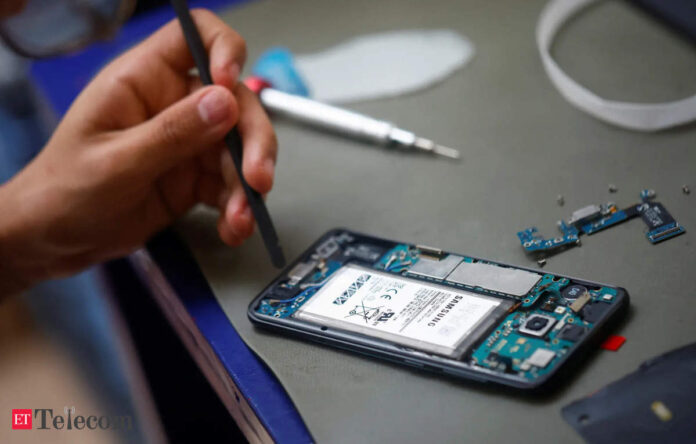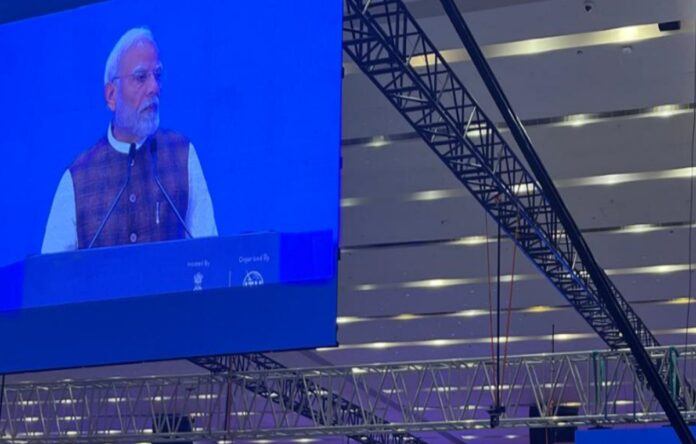In Short:
State-run BSNL is set to complete its rollout of homegrown 4G technology through 100,000 base stations by May 2024, aiming to transition to 5G by June 2025. Telecom Minister Jyotiraditya Scindia announced that India will soon lead in 6G technology. Currently, BSNL employs 4G developed by C-DOT and TCS, with over 38,300 sites already launched. The Indian telecom sector has seen dramatic progress, with broadband connections increasing from 60 million to 940 million in ten years and voice call costs dropping significantly. Scindia emphasized India’s strong ties with the US, particularly in technology and defense developments.
BSNL Set to Roll Out Indigenous 4G Technology Ahead of 5G Launch
Exciting developments are on the horizon for the Indian telecommunications scene! BSNL, the state-run telecom giant, is gearing up to finish the rollout of its indigenous 4G technology, setting up a remarkable 100,000 base stations by May of next year. Following that, they’re all set to leap into the world of 5G by June 2025. This was shared by Union Telecom Minister Jyotiraditya Scindia during his address at the US-India Strategic Partnership Forum on Monday.
Staying True to Homegrown Technology
Scindia emphasized that the government has a strong directive from Prime Minister Narendra Modi — to steer clear of foreign equipment in this ambitious venture. “We have a fully functional core and radio access network,” he stated confidently. “Our goal is to deploy 100,000 sites by April-May of next year. As of yesterday, we’ve already set up 38,300 sites! This is our own 4G network, which will seamlessly transition to 5G by June 2025. We will proudly become the sixth country in the world to achieve this milestone.”
The Backbone of 4G
The technological backbone of this 4G rollout stems from a collaboration between C-DOT and TCS, both of which are state-run entities. Scindia celebrated India’s impressive achievements, noting that the country has experienced the fastest 5G rollout globally, with 450,000 towers established in just 22 months, bringing connectivity to over 80% of the population.
Transformative Changes in Telecom
Reflecting on the past decade, Scindia painted a picture of remarkable transformation in the Indian telecom sector. “Just ten years ago, we had around 60 million broadband connections. Today, that number has skyrocketed to a staggering 940 million!”
He further highlighted the drastic reduction in call costs, relaying, “The cost of a voice call back then was 50 paise; now, it’s down to just three paise! That’s a 96% drop! And looking at data, back then, one GB cost Rs 289 (approximately $3.50) — that’s now shrunk to just 12 cents!”
Quality Service Over Quantity
“The Prime Minister often reiterates not to merely build towers, but to focus on the quality of service,” Scindia remarked, encouraging a mindset that moves telecom beyond a product into a service-oriented approach.
Strengthening India-US Ties
Discussing the growing strategic relationship between India and the USA, Scindia conveyed optimism, stating, “Both nations are advancing on multiple fronts to deepen our ties beyond mere technological exchanges.”
He concluded with highlights from a landmark agreement following Modi‘s recent visit to the US, where they will establish a chip manufacturing plant, set to bolster defence technology in the US. “This will have significant ramifications for both nations,” he added, underscoring the collaborative spirit that defines this critical partnership.





